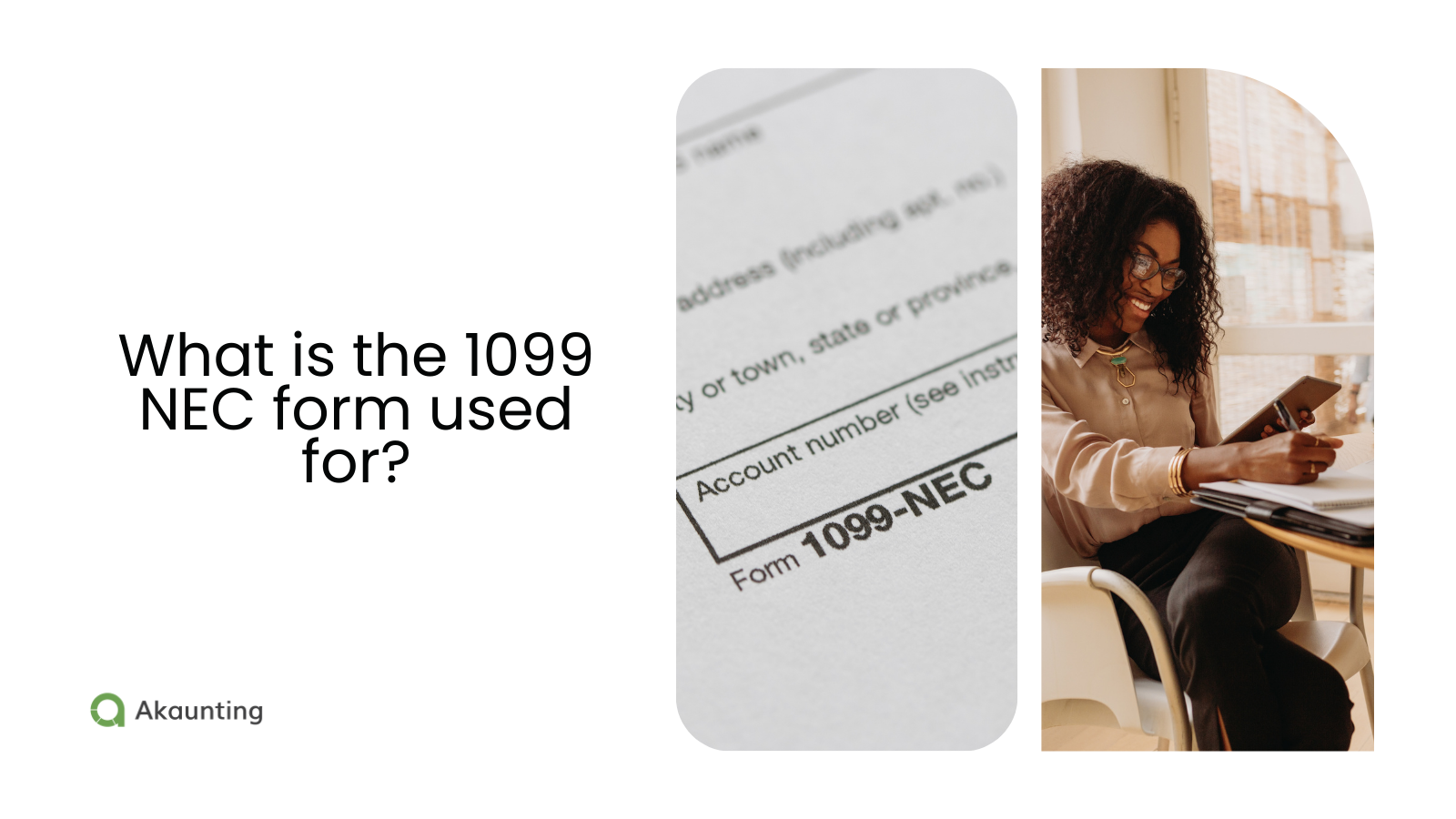What is a Good Liquidity Ratio? Types and How to Calculate it
Reading Time: 5 minutesA good liquidity ratio is essential in a small business sorting out its day-to-day expenses.
The higher the liquidity ratio, the more financial strength your company has to meet current liabilities. It also gives financial institutions the confidence to grant loans to your business.
Before getting to know a good liquidity ratio, let’s understand the term liquidity ratio.
What is a liquidity ratio?
Liquidity is the ability of a company to pay off current liabilities (Accounts Payable (AP), Accrued expenses, Short-term debt) with its current assets (Cash or equivalents, Stocks or bonds, Accounts Receivable (AR), Inventory, etc.) without needing to take loans.
The liquidity ratio represents a value that shows the financial capability of your company at a given period.

Akaunting lets you see an overview of your accounts receivables and payables at a glance
For example, if you are a retail business in the food sector and your company needs to pay for raw materials. A good liquidity ratio would mean that you have enough cash to pay off vendors for supplies, without seeking help from lenders.
Liquidity ratio formula
Liquidity Ratio = Liquid assets / Short-term liabilities
Let’s get into the different types of liquidity ratios.
What are the types of liquidity ratios?
There are three major types of liquidity ratios a company uses to understand its financial position.
- Current ratio
- Quick ratio / Acid test ratio
- Cash ratio
Current ratio
The current ratio measures the ability of a company’s available current assets to offset short-term liabilities if the current assets are liquidated.
Short-term assets refer to assets that are held for less than one year.
Examples are cash, marketable securities, trade accounts receivable, employee accounts receivable, prepaid expenses, and inventory.
Below is the,
Current ratio formula
Current Ratio = Current Assets / Current Liabilities
The downside of using the cash ratio is that it includes inventory as a current asset.
The reality is that inventory doesn’t always guarantee conversion into cash and so may not be a good indicator of liquidity.
Quick ratio / Acid test ratio
The quick ratio, also known as the acid-test ratio, measures your business’s capability to pay off current liabilities with quick assets.
But what are quick assets?
Quick assets refer to your business’s current assets that you can convert into cash within 90 days. It excludes supplies, inventory, and prepaid expenses.
Depending on the available balance sheet information, there are two available formulas for the Quick/Acid test ratio.
Quick ratio formula
Quick ratio = (Cash and Cash Equivalents + Current Receivables + Short-Term Investments) / Current Liabilities
If the balance sheet provides a breakdown of the current assets, use the formula below
Quick ratio = (Total Current Assets – Inventory – Prepaid Expenses) / Current Liabilities
One of the things to look out for when measuring the quick ratio is its margin with the current ratio. If the margin is wide, the business relies too much on inventory.
Many consider the quick ratio the best liquidity ratio for evaluating a business’s ability to offset current obligations with on-hand short-term assets.
Cash ratio
The cash ratio measures the capability of your company to pay off current liabilities with cash on hand or cash equivalents. Cash equivalents include marketable securities such as stock or bonds, treasury bills, etc.
The cash ratio excludes assets such as accounts receivable, inventory, and prepaid expenses.
Below is the,
Cash ratio formula
Cash Ratio = (Cash /Cash equivalents) / Current Liabilities
Lenders often use the cash ratio to measure business liquidity and the ease of a business servicing its debt(s).
A cash ratio that is equal to 1 means your business has just enough cash and cash equivalents to pay off current liabilities.
A value less than 1, means your company can’t pay off short-term debt with cash on hand.
When the cash ratio is greater than 1, your business has the financial strength to meet all short-term debt with cash remaining.
So,
What is a good liquidity ratio?
A good liquidity ratio is any value that’s more than 1. This generally means your company is in a good financial state to settle all current liabilities without obtaining loans or running the risk of going into debt.
Investors or Financial institutions examine liquidity ratios to determine the financial health of your business. This tells them about your cash flow, spending efficiency, and debt settlement ability.
It’s great to know about your company’s liquidity ratio, but…
How do you keep a good liquidity ratio?
According to Wellsfargo, here are five ways to improve your liquidity ratio if it’s on the low side:
- Control overhead expenses
- Sell unnecessary assets
- Change your payment cycle
- Look into a line of credit
- Revisit your debt obligations
Control overhead expenses
You can reduce overheads such as rent, utilities, and insurance — by negotiating or looking for alternatives. Also, you can consider eliminating processes that take much time.
For example, using papers to capture your company’s accounting data can be replaced with online accounting software, saving you time and money.
Sell unnecessary assets
Try to sell off items that are not necessary for your business operations. Removing surplus equipment can provide a small capital sum and reduce the average equipment maintenance cost.
Try out varying payment cycles
Explore discount opportunities with vendors for early payments. You could consider offering discounts for early payments ahead of schedule with customers.
Look into a line of credit
You could consider a line of credit that could help cover gaps in cash flow due to payment schedules. There are businesses that offer a $100,000 per year line of credit access with no annual fee for the initial year. Do some research to find the best lender with suitable terms.
Revisit your debt obligations
Working with long-term debt obligations can require smaller monthly payments and give you more pay-off time. On the other hand, short-term debt obligation may mean higher monthly payments; however, the debt will be paid off more quickly.
Consider an option that won’t leave your business with a low liquidity ratio.
Also, consider options like debt consolidation and loan refinancing, which may help lower monthly payments now, while also saving you money in the long term.
Final thoughts on a good liquidity ratio
As a small business owner, the liquidity ratio plays an important role in your company’s financial health.
A liquidity ratio of 1 isn’t always the best, as it means that your company has just enough liquid assets to cover all current liabilities. However, unforeseen contingencies could leave you at risk of debt.
Try to keep your business’s current ratio greater than one – indicating that you have more than enough liquid assets to cover the short-term debts.
Liquidity Ratio FAQs
- What is considered a good liquidity ratio?
Any value that is greater than 1 indicates that a company is in a good financial position to meet short-term obligations.
- What is considered a good current ratio?
Between 1.2 to 2. This means a business has twice more current assets than liabilities to cover its short-term debts.
- What are the most common liquidity ratios?
The current ratio, Quick ratio / Acid test ratio, and Cash ratio.
- Liquidity vs. Solvency Ratios
Liquidity ratios measure a company’s capacity to offset its short-term debts while solvency ratios measure its ability to meet total financial obligations, including long-term debts. Liquidity ratios can suggest potential solvency issues in the future.






